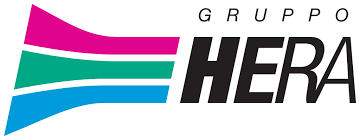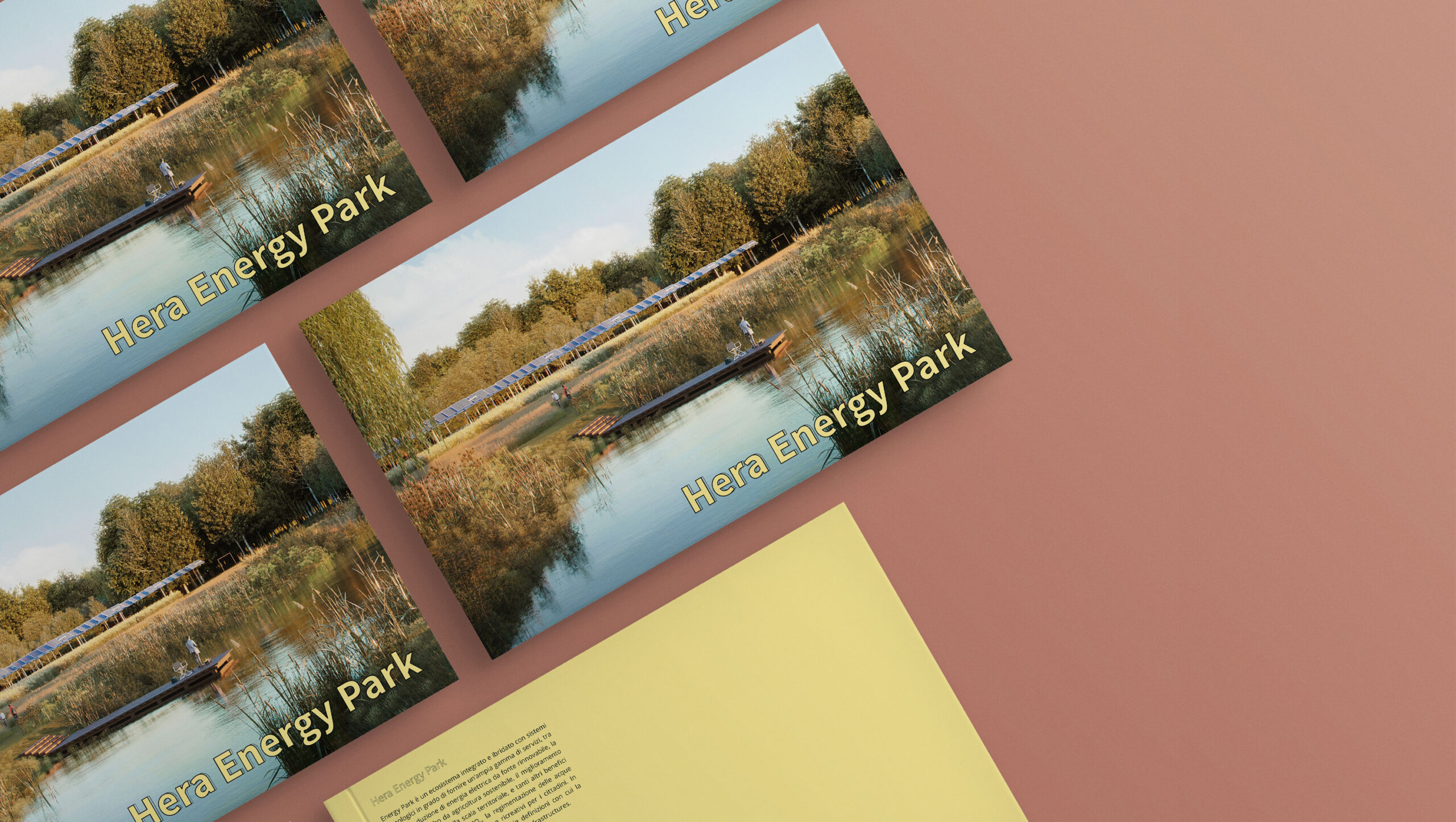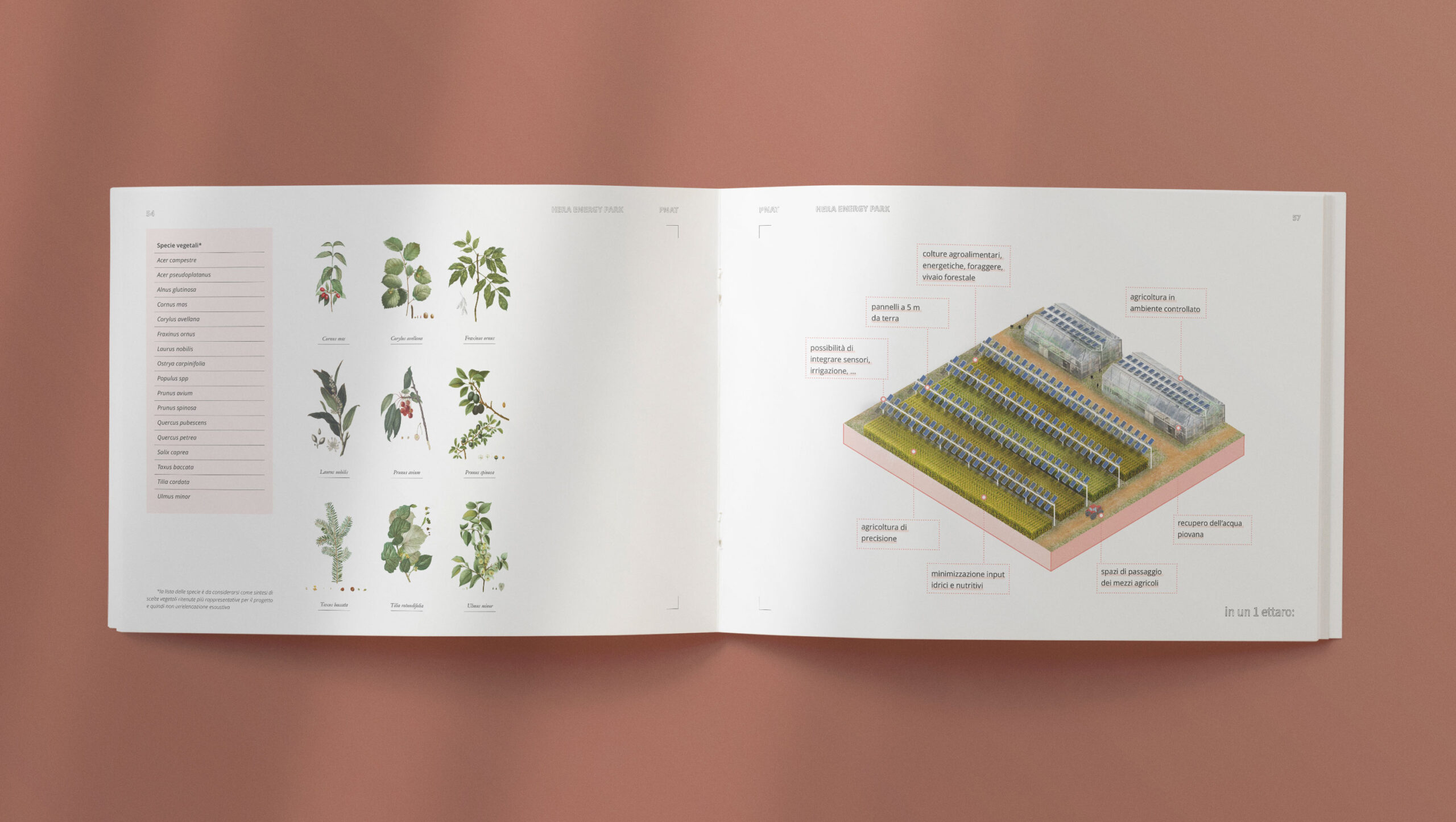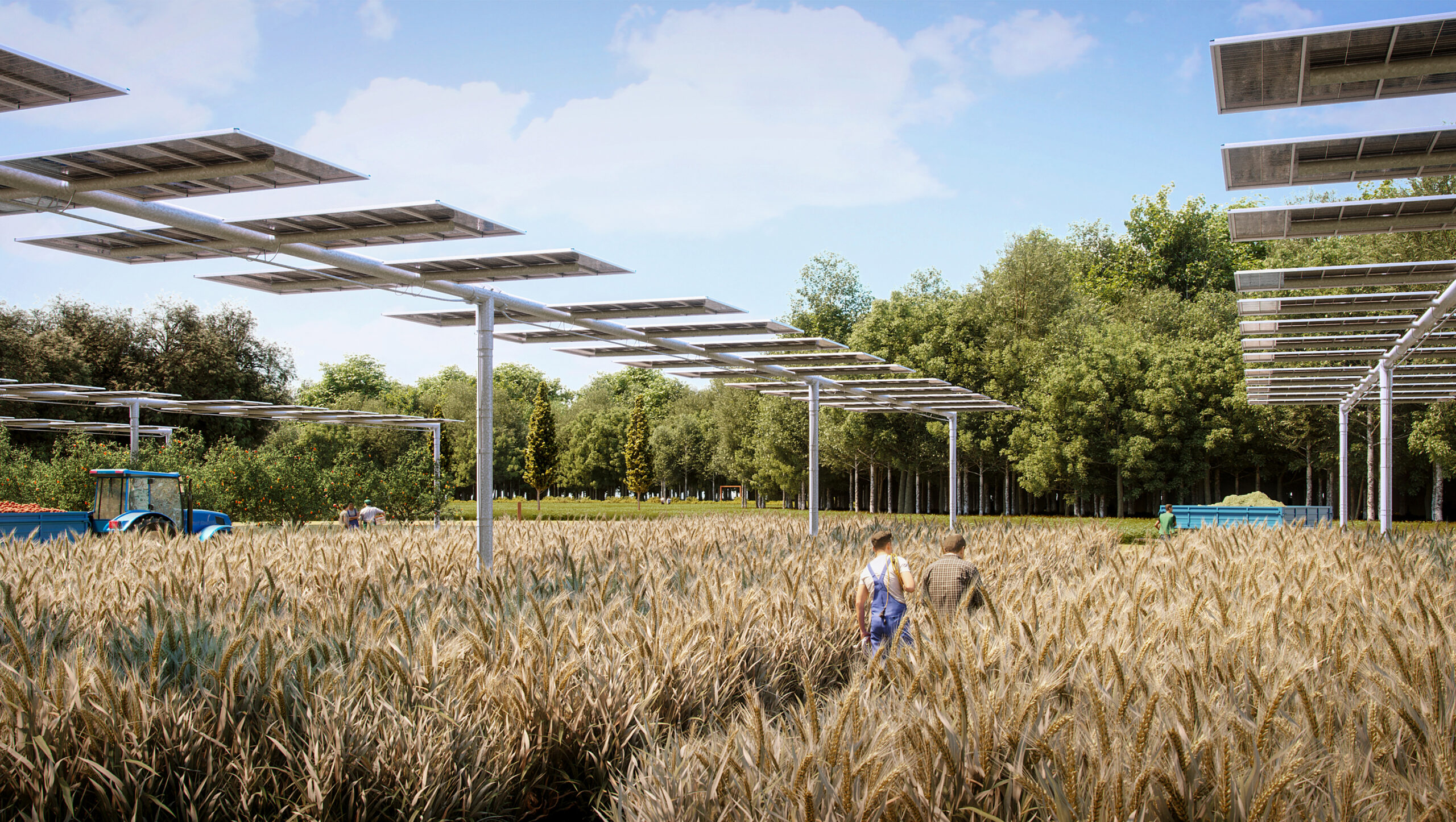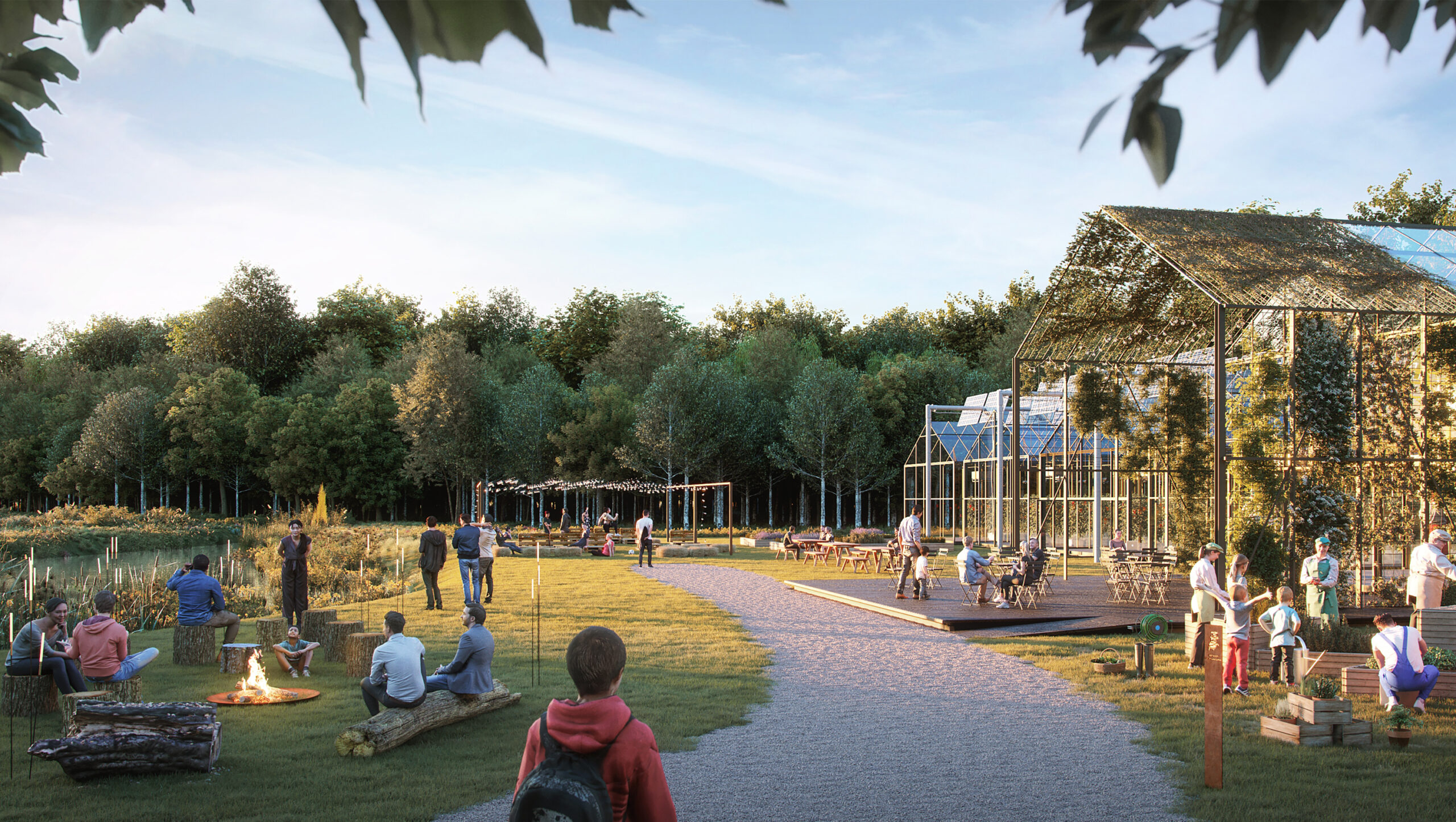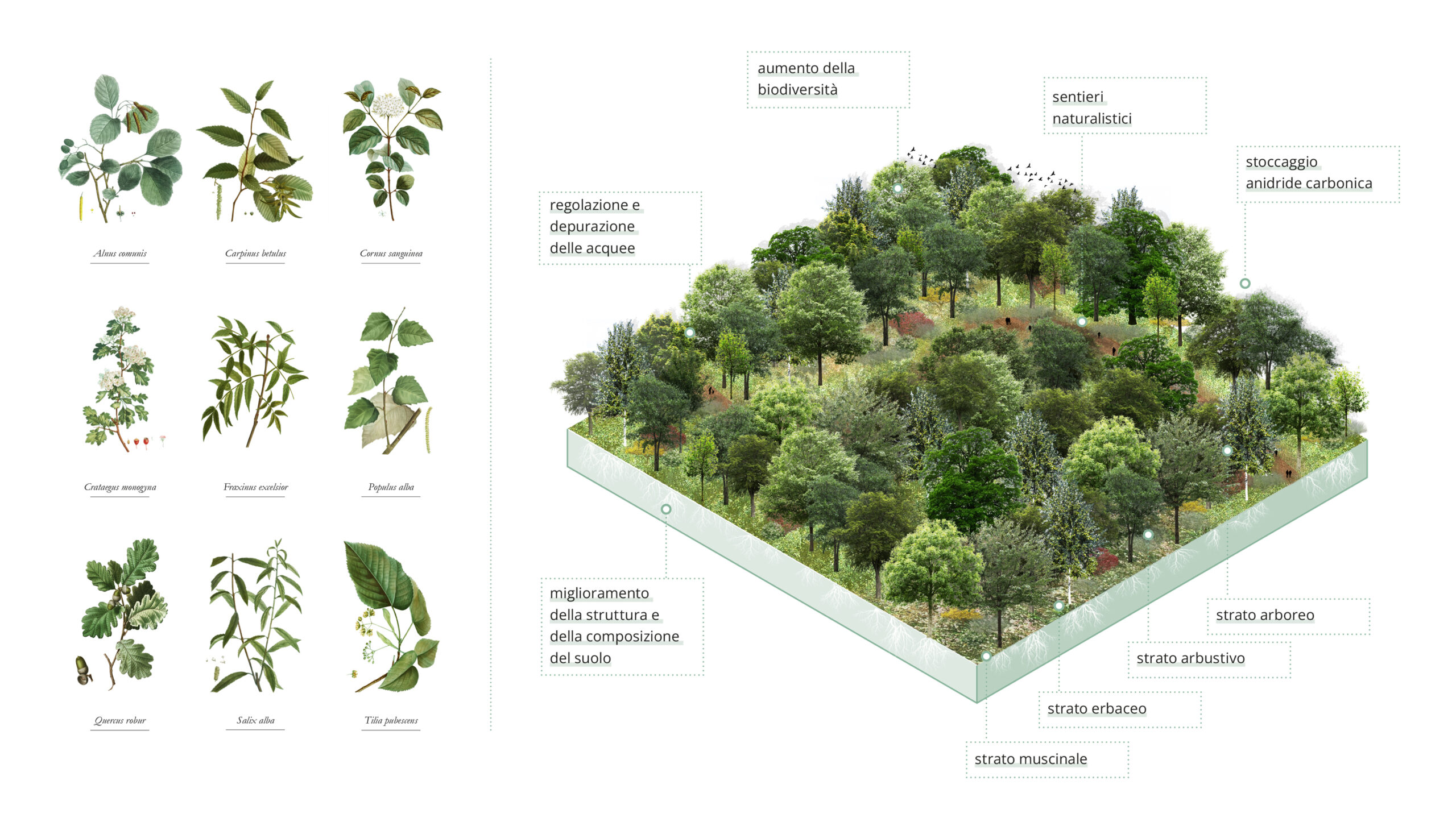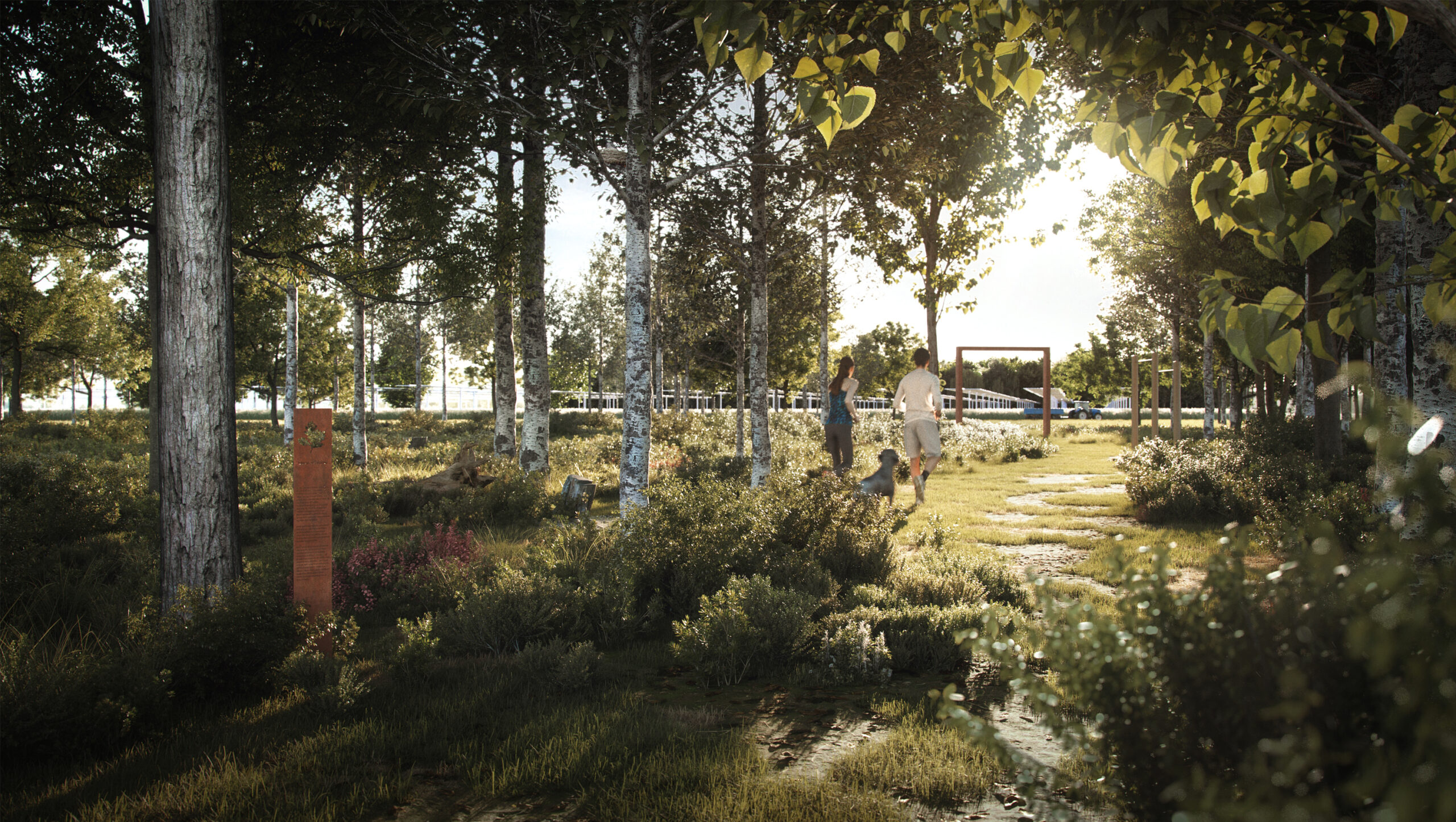Hera Energy Park
Hera Energy Park
The changes made by man to the natural environment in recent decades have been of such intensity as to affect the planet’s climate and put the survival of many living species at risk. The need to mitigate climate change and fight the reduction of biodiversity has led to the production of unprecedented political and economic tools to quickly direct different sectors and ambitions towards a radical transformation, from energy production to agriculture. In the same way we have to conceive the relationship between nature and the built environment. The transition towards renewable energies, in the current state of our scientific and technological knowledge, must necessarily pass through photovoltaics. However, solar energy, to supply the amount of energy foreseen by European and national guidelines, requires the use of a large amount of surface in full sun. Converting large spaces to electricity production risks leading to land use competition, mainly against agriculture and natural ecosystems. The Hera Group has joined the shared path towards the green transition by bringing an energy, social and future-oriented project: the Energy Park. The publication is designed to explore this new land use model that combines energy production, agricultural production, and the maintenance of natural ecosystems. It is a green infrastructure composed of different natural functional units whose combination generates a system capable of providing multiple benefits to the fringe areas of the cities. The implementation of the Energy Park includes cutting-edge technologies, such as agri-voltaics with highly efficient panels and precision agriculture, which integrate and hybridize with highly natural ecological systems. At the same time, this system of technical-ecological synergies is a space for citizens, a place where local communities can rebuild connections with the natural world and with agricultural production. The Energy Park model is highly flexible and can be put into practice even in the presence of the many constraints that characterize the real framework of the territory, such as the presence of pre-existing agricultural crops, communication arteries and buildings.
PROJECT INFO
Partners
